Modern farming practices boost off-season crops, exceptional yields
BAC GIANG - The application of modern technology has revolutionized crop production in Bac Giang province, creating varieties with higher productivity and quality, and better adaptability to climate change. Modern agricultural practices have also helped local farmers create many off-season crops.
One success story comes from Bao Son commune, Luc Nam district, where local pineapple farmers have embraced technology to cultivate pineapples out of season. Previously, pineapples naturally ripened in May and June, coinciding with the peak season for other fruits, resulting in low prices and poor sales.
 |
|
The lychee orchard of Diep Thi Senh’s family in Phuong Son commune, Luc Ngan district has been yielding abundant harvests for over 30 years. |
To overcome this, farmers began using techniques to force pineapples to fruit around the Lunar New Year and in spring, when demand is higher.
Today, over 200 hectares of pineapples in Bao Son are harvested during this period, earning farmers two to three times more than in the regular season, with annual revenue reaching tens of billions of VND (10 billion VND = 394,749 USD).
Similarly, farmers in Nghia Phuong and Huyen Son communes of the same district have applied innovative techniques to produce off-season custard apples. By pruning branches and adjusting cultivation practices, they now harvest custard apples in early winter, when prices are significantly higher (sometimes up to 70,000-80,000 VND per kilogram), compared to the regular season in autumn.
Off-season production represents an innovative approach based on the motto of "selling what the market needs, not just what you have." This solution addresses the crucial issue of ensuring a steady market demand for agricultural goods. The key to successfully producing off-season crops lies in the producer's mastery of science and technology.
The widespread use of science and technology has led to improved productivity, higher quality products, and a safer, more predictable farming environment. Diep Thi Senh in Phuong Son commune, Luc Ngan district has cultivated lychees for over 30 years.
Thanks to modern agricultural practices, her family has never faced a crop failure. Even in 2024, when the lychee harvest across the region significantly decreased due to unfavorable weather, Senh’s farm still produced more than 8 tonnes, which were sold at 70,000 VND per kilogram to Chinese buyers. After deducting costs, the family earned a profit of over 400 million VND (15,782 USD), double the previous year’s earnings.
Other farmers in Luc Ngan are reaping the rewards of applying advanced techniques. Luu Van Sang, a farmer in Quy Son commune, has two hectares of sweet oranges. The orchard is laden with fruits thanks to using grafting techniques to plant the trees on pomelo rootstocks. His family can harvest around 120 tonnes per year, with some trees producing nearly 200 kilograms.
Recognizing the importance of science and technology as a driving force, on August 16, 2016, the Standing Board of the provincial Party Committee issued Resolution No. 130-NQ/TU on stepping up the application of high technology in agricultural production in Bac Giang in the 2016-2020 period.
 |
|
Many OCOP products feature eye-catching packaging and labels. |
So far, Bac Giang has implemented over 1,500 high-tech agricultural models linked to product consumption through value chains. The promotion of scientific and technical application has significantly improved productivity in livestock and aquaculture.
Notably, the province has not faced major outbreaks of animal diseases for many years, despite being one of the leading provinces in poultry farming in Vietnam.
Some exemplary agricultural models include the production of vegetables, flowers, and mushrooms in net and membrane houses; the use of automatic and water-saving irrigation systems; the application of software for managing and controlling production and business activities; and the farming of poultry in air-conditioned rooms.
In general, products from these models meet VietGAP and GlobalGAP standards, with productivity and quality 2-3 times higher than traditional farming methods, while ensuring food safety and hygiene.
 Bắc giang
Bắc giang
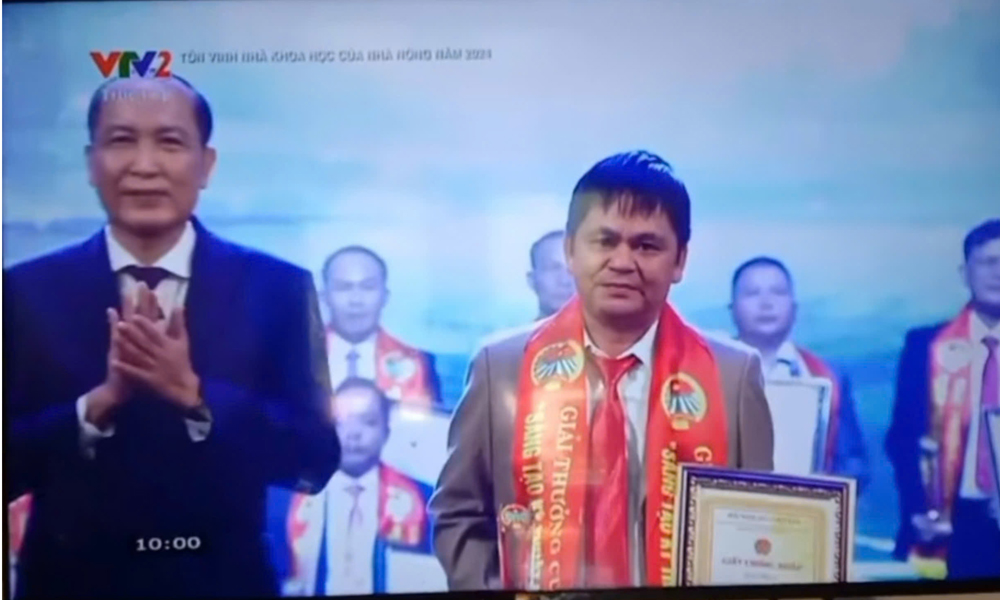
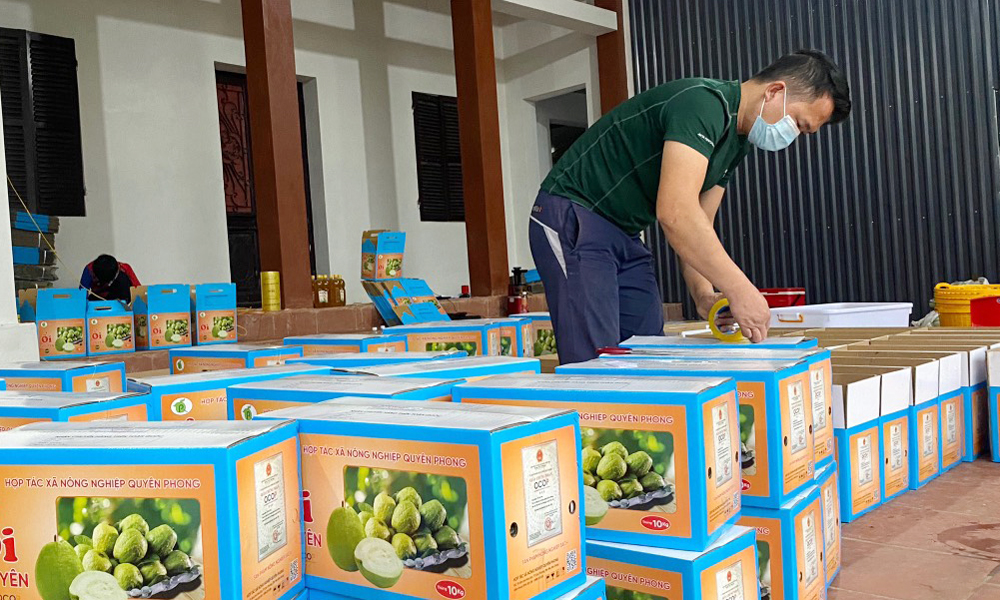

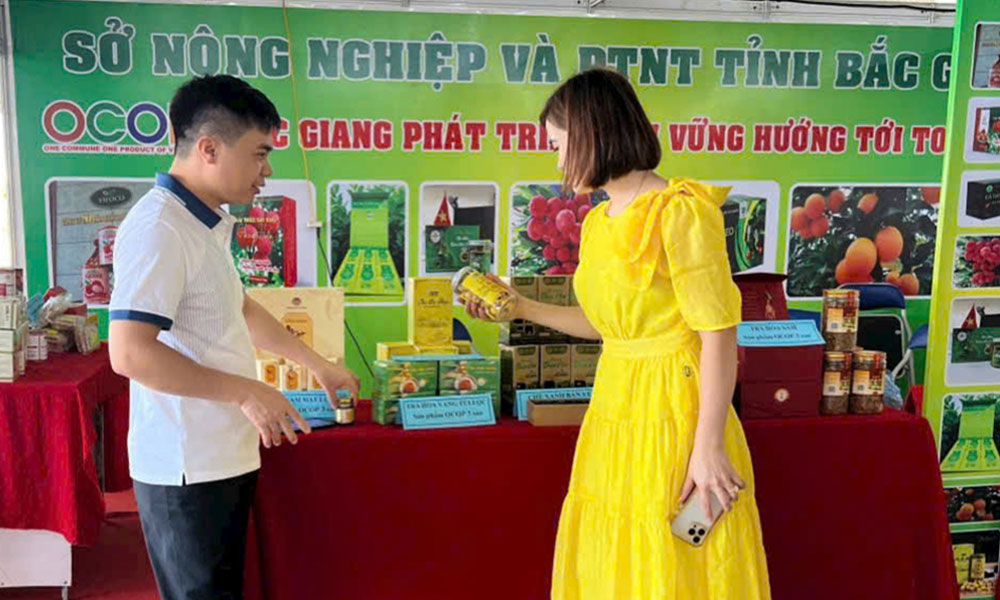


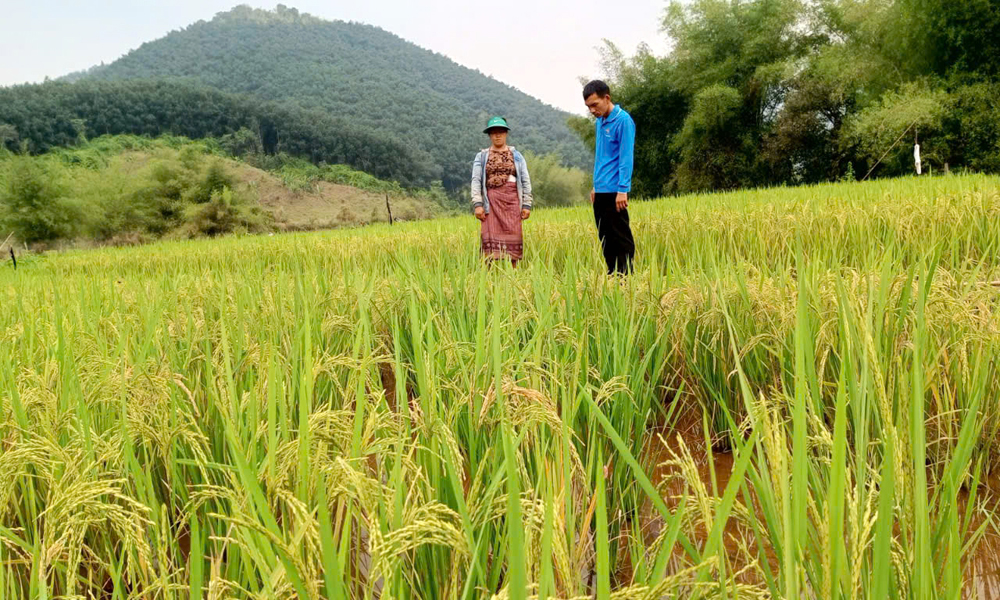
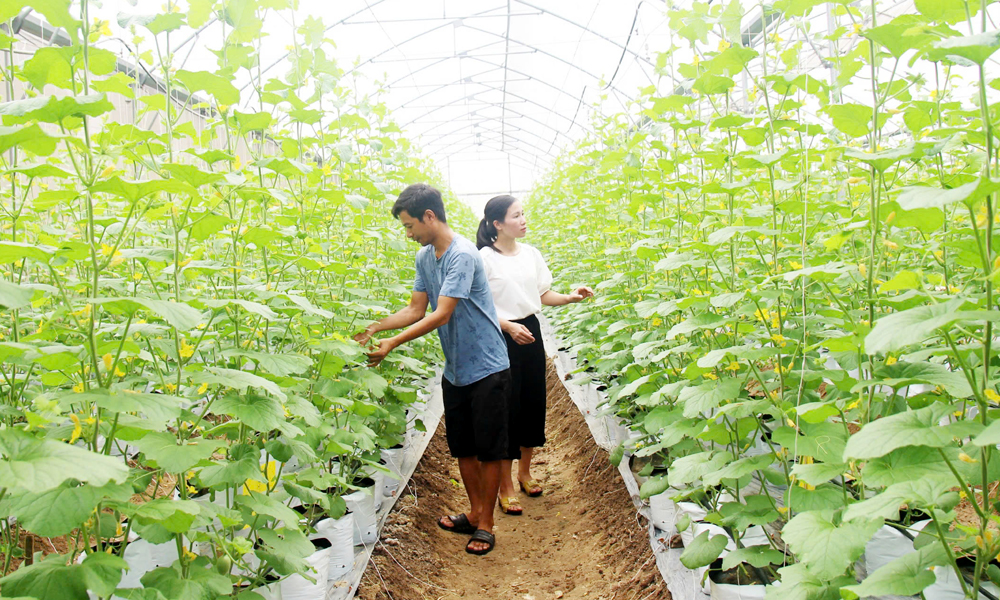

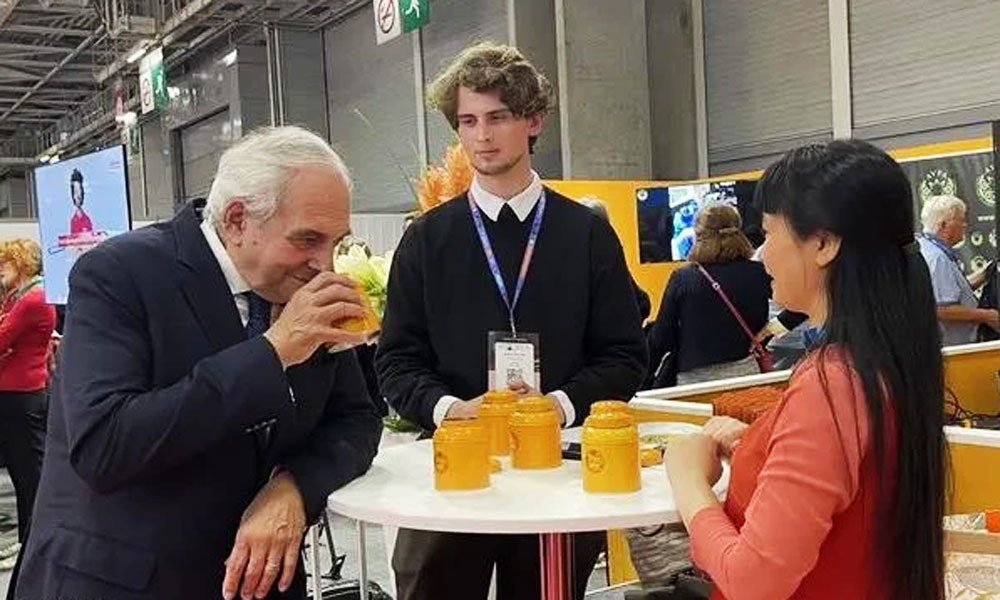
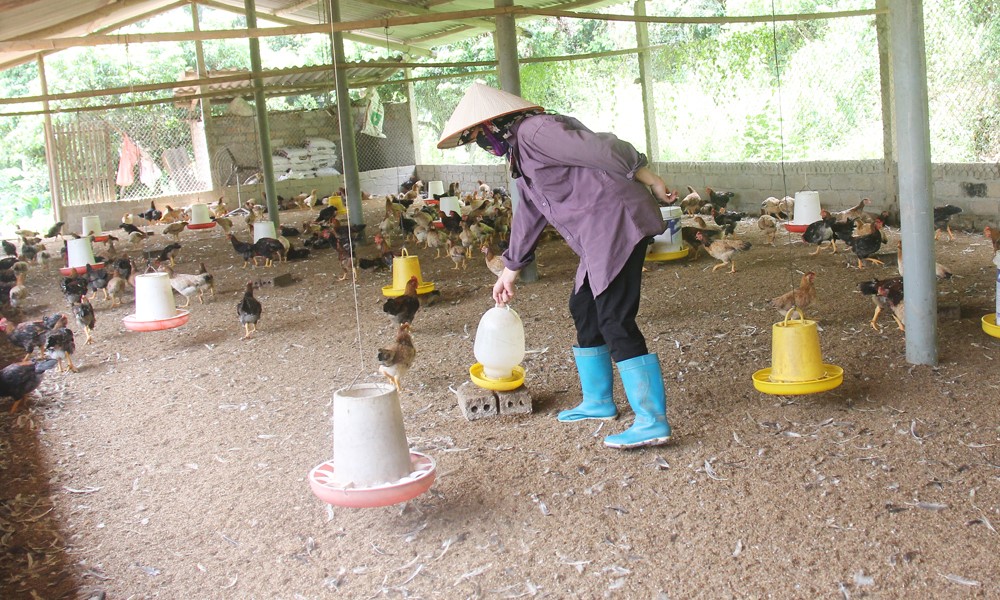



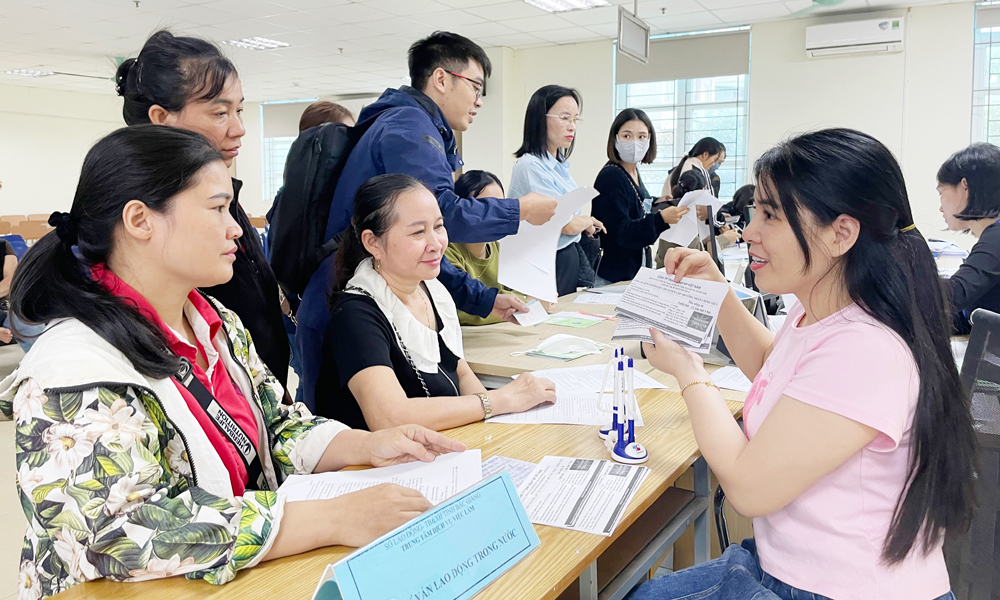

Reader's comments (0)